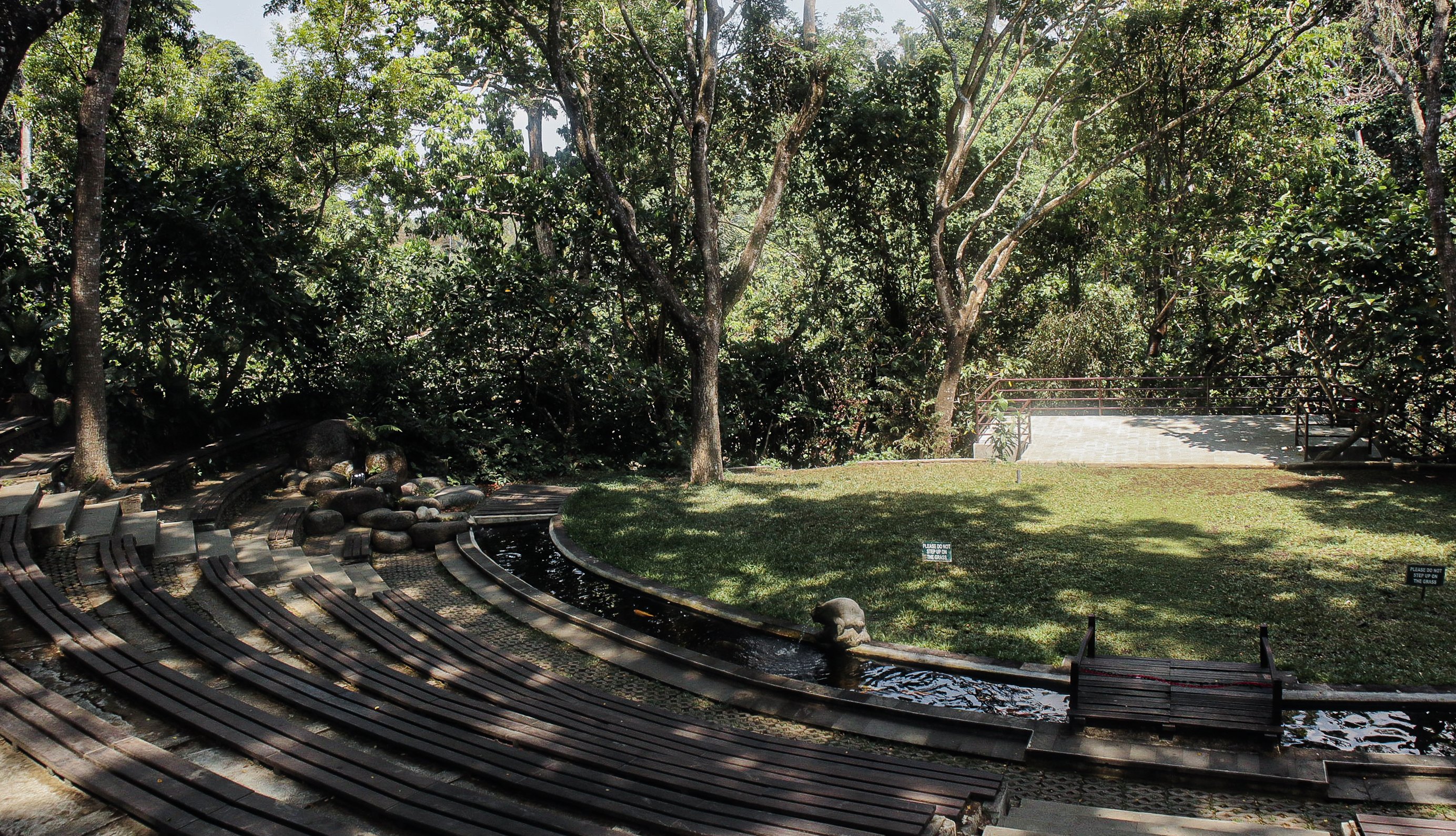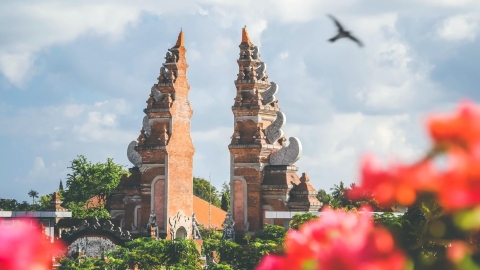Ubud is a town located on the island of Bali, Indonesia. This is one of the unique art and culture centers of Bali. Not as bustling and noisy as other towns in Bali, Ubud has the gentle beauty of a peaceful countryside. One place that you must visit in Ubud is The Sacred Monkey Forest.
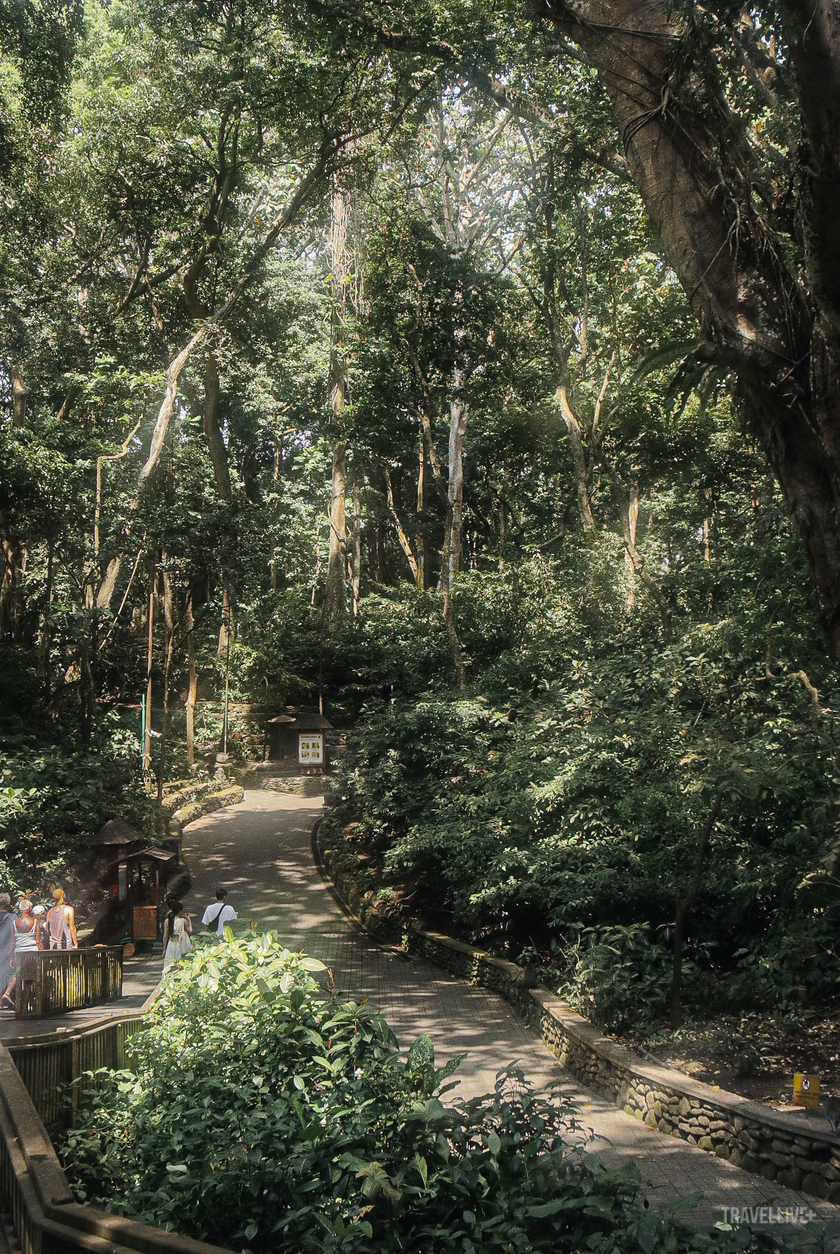
Entrance to The Sacred Monkey Forest in Ubud
This monkey forest is a very sacred place of worship for Hindus. Every scene here has its own meaning, from the temples, trees and monkeys living in this forest. This is one of the very useful research centers for those who want to learn more about monkeys as well as 115 different types of trees. This place is also known by another name, Padangtegal Monkey Forest, because it belongs to this village named Padangtegal.

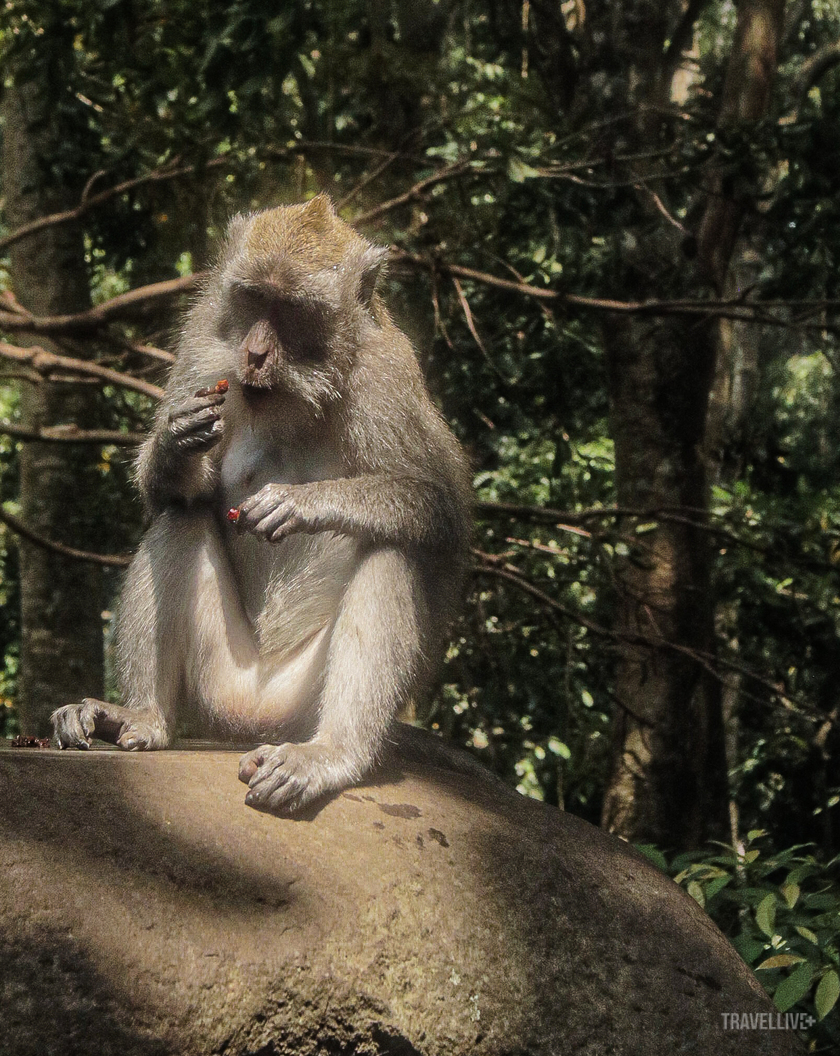
A sacred site with more than 1,200 long-tailed monkeys
Ubud Monkey Forest is one of the most popular tourist destinations. Coming here, you will have the opportunity to see and observe the daily life, diet, and health habits of many species of monkeys in this forest.
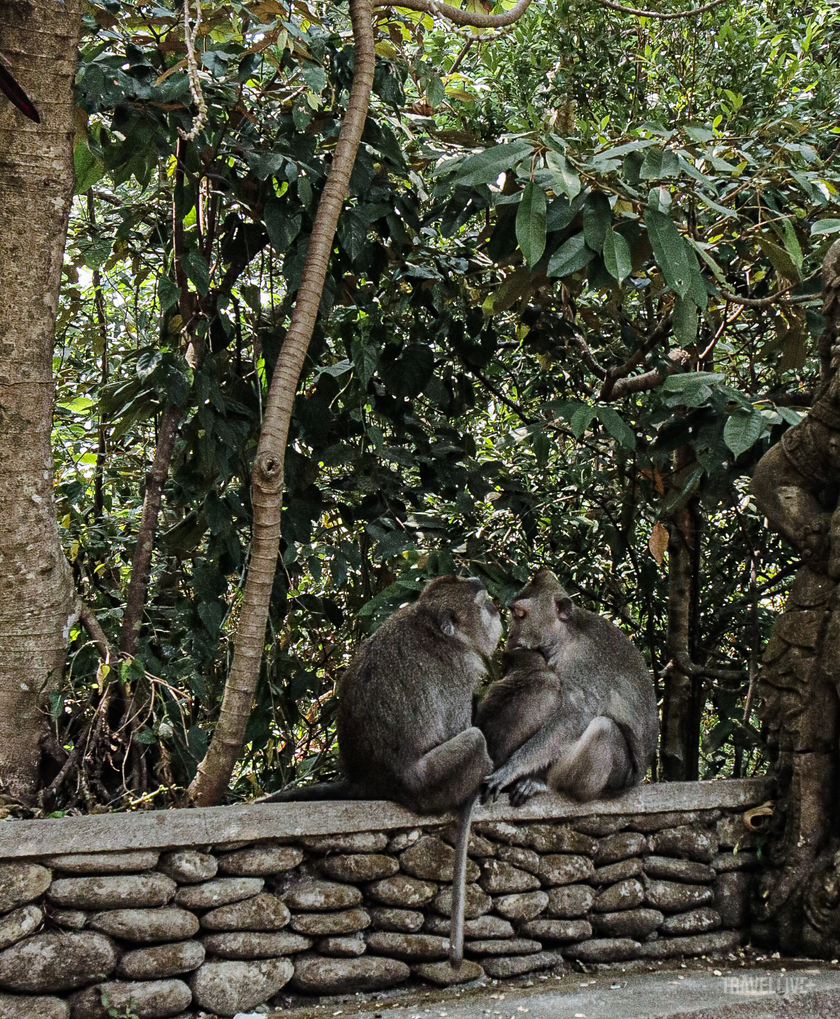
Be careful because monkeys are always ready to take anything in your hand.
When you start moving deeper inside, you will encounter Pura Dalem Agung Padangtegal - a place reserved for funerals held in this village. The relics here are covered with moss green, the statues are placed under dense foliage, very little sunlight shines in. Therefore, this place creates a rather small space, bringing an ancient and extremely mysterious feeling. Attracting curious tourists to explore and conquer.

The word Pura in Balinese means "temple"
Monkey Forest is also famous for its green paths and quiet parks where you can take some time to meditate and relax in this sacred space.
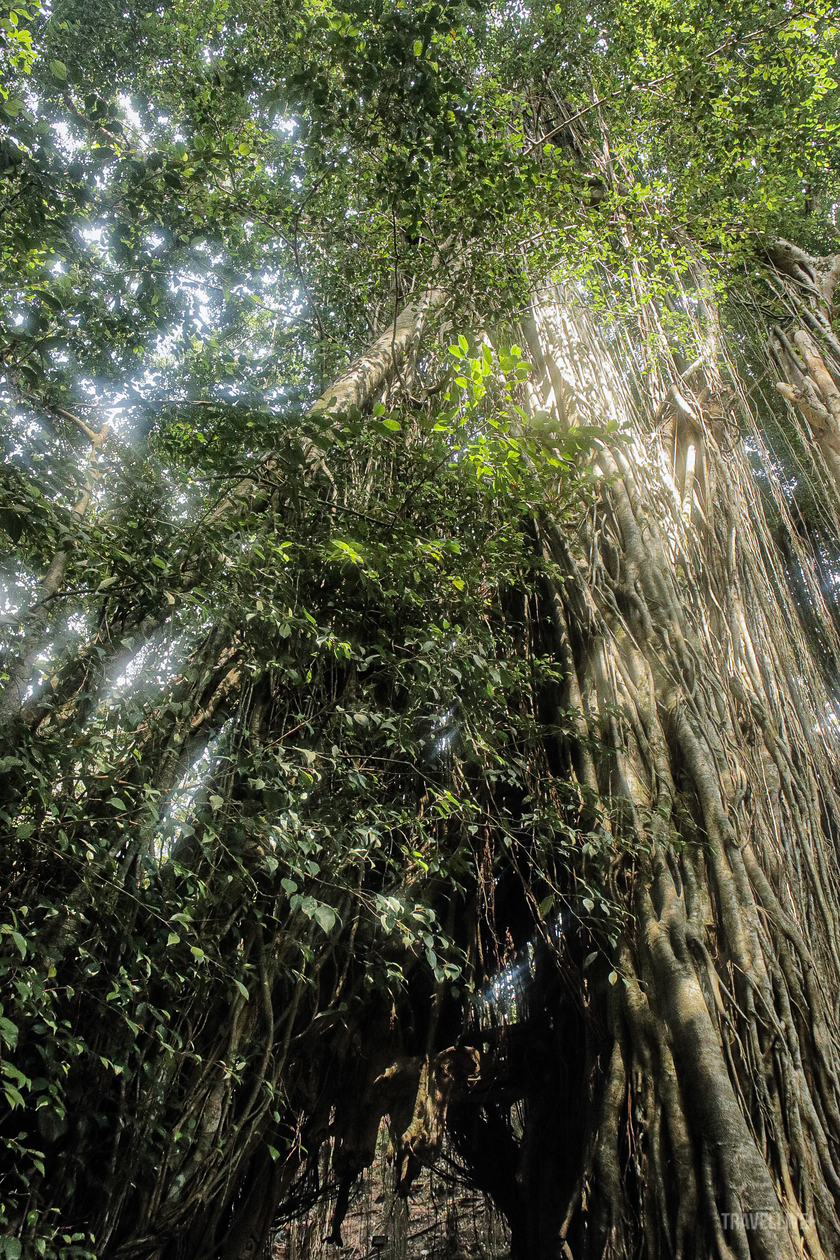


Deep, quiet space
It can be said that Ubud, or Ubud Monkey Forest, is a rare place in Bali where you can get close to nature, to have some deep moments, in contrast to a crowded and hurried Bali out there.
Opening hours: 9am -5pm every day.
Entrance fee: 75,000 rp ~ 135,000 VND.
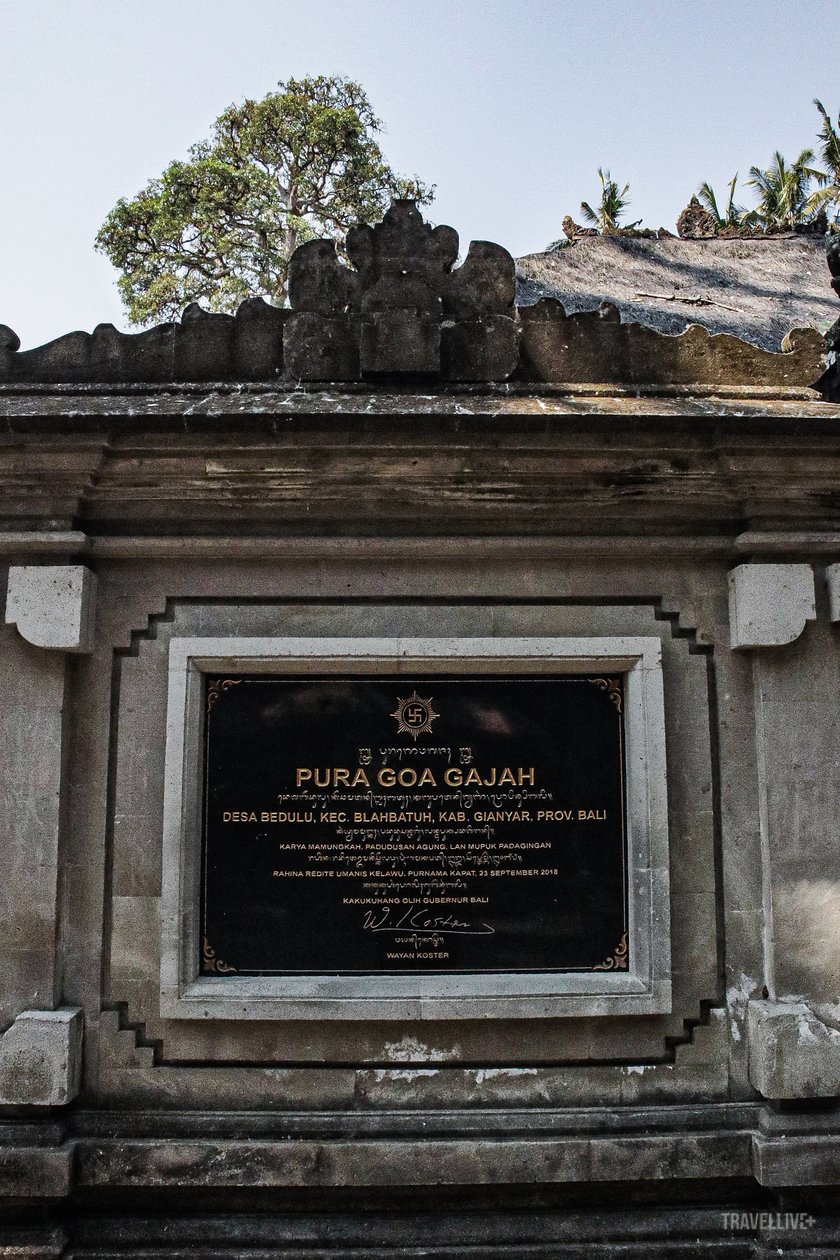
Entrance to Goa Gajah Elephant Cave
About 5 km east of The Sacred Monkey Forest is the Goa Gajah Gianyar “Cave Temple”, also known locally as Elephant Cave.
This place has an ancient look because of its age. Initially, people planned to build the temple to have a convenient place to meditate. So, its architecture is a mixture of Hinduism and Buddhism.
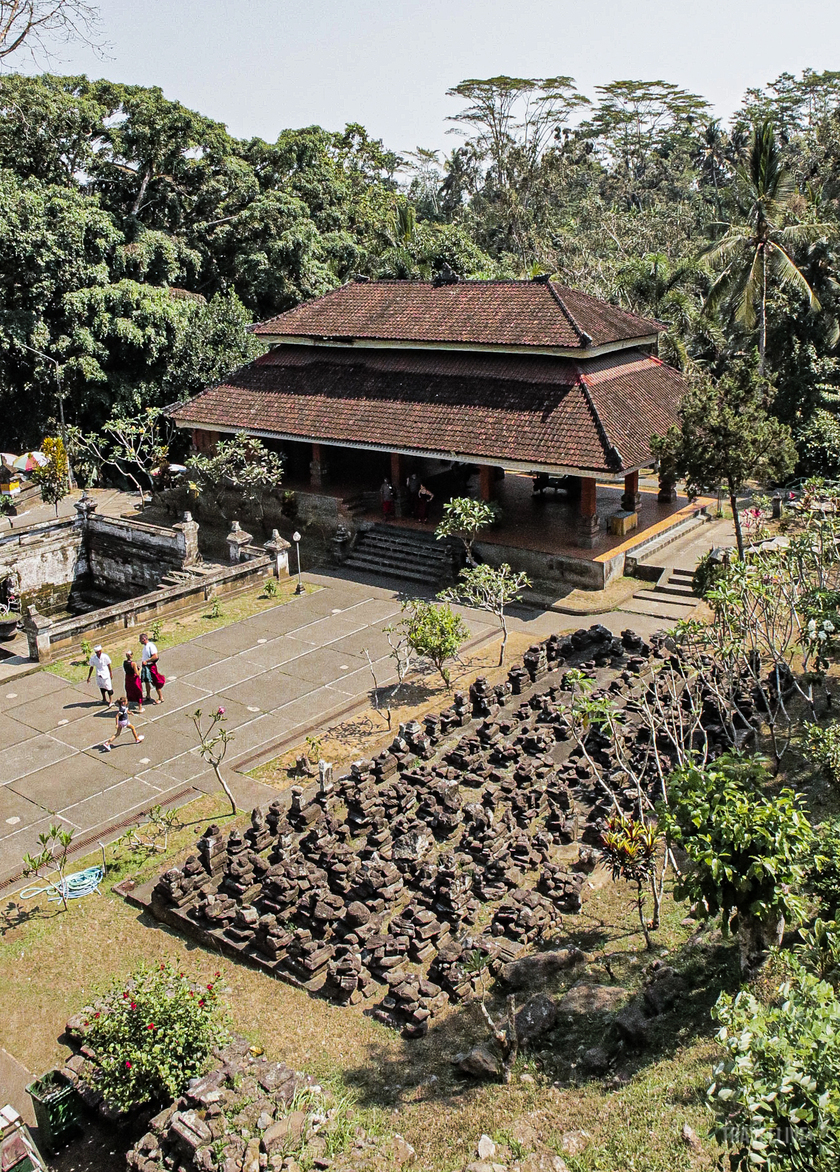
Panoramic view of Goa Gajah from above
The gate leading to the temple is delicately carved, with many extremely complex lines. When looking at it, you will feel admiration for the hands of the artisans for their dexterity and meticulousness.

The fearsome appearance of the gate is named after Bhoma, the god of nature.
The entrance is shaped like a demon head with bulging eyes and a long mouth, two common features in Indonesian temple architecture. The terrifying appearance of the gate is named after Bhoma, the god of nature.
According to spirituality, when passing through the devil's mouth, all evil spirits, deceit, and malice from humans will be driven away and visitors will be purified. In addition, you will also see images of elephant tusks carved on the entrance, they act as the fangs of the devil's head. That is why this cave is called Elephant Cave.'

Linga symbol inside the cave
Inside this area is the most obvious symbolism in the culture of Hindu worship decoration with many complex symbols. The cave is designed in the shape of a T, with a narrow entrance and two branches on either side. The walls that make up the cave are all dark black, with many concave and convex marks on the surface, on the floor there are quite a few concave spots as a testament to the meditation time of the priests.
Coming here, visitors will see Lingam, the symbol of Shiva and the stone statue of the Elephant God Ganesha, important gods in the beliefs of the people here. At the foot of each statue, people often display square handmade flower baskets to offer to the gods, they are often colorful and very eye-catching.
Opening hours: 9am - 5pm every day.
Entrance fee: 50,000 rp ~ 85,000 VND.

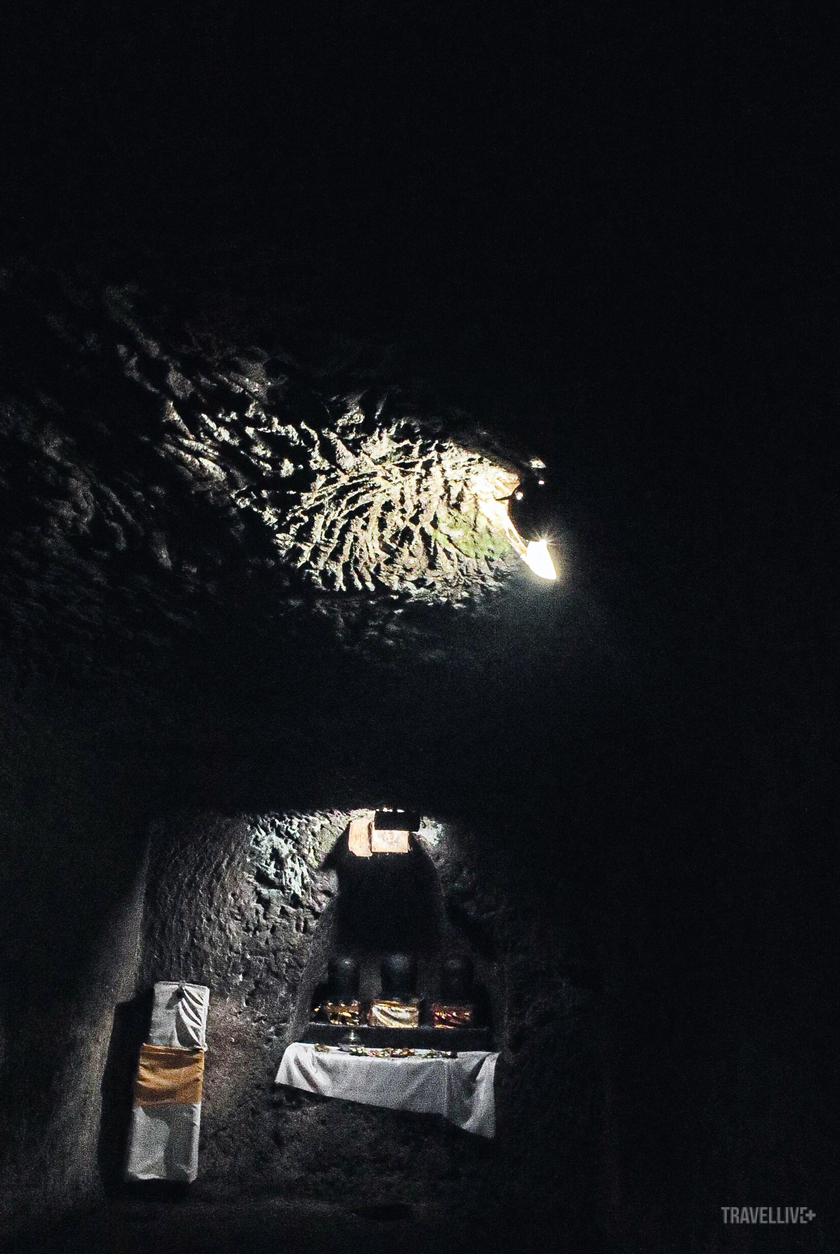
The mysterious and fascinating space inside the cave
About the author:Thinh, a geopolitics and culture writer, currently lives and works in Ho Chi Minh City. Thinh is a visual storyteller in a reportage style. The author's stories are very personal shares from his personal perspective and feelings during his journeys around the world.





